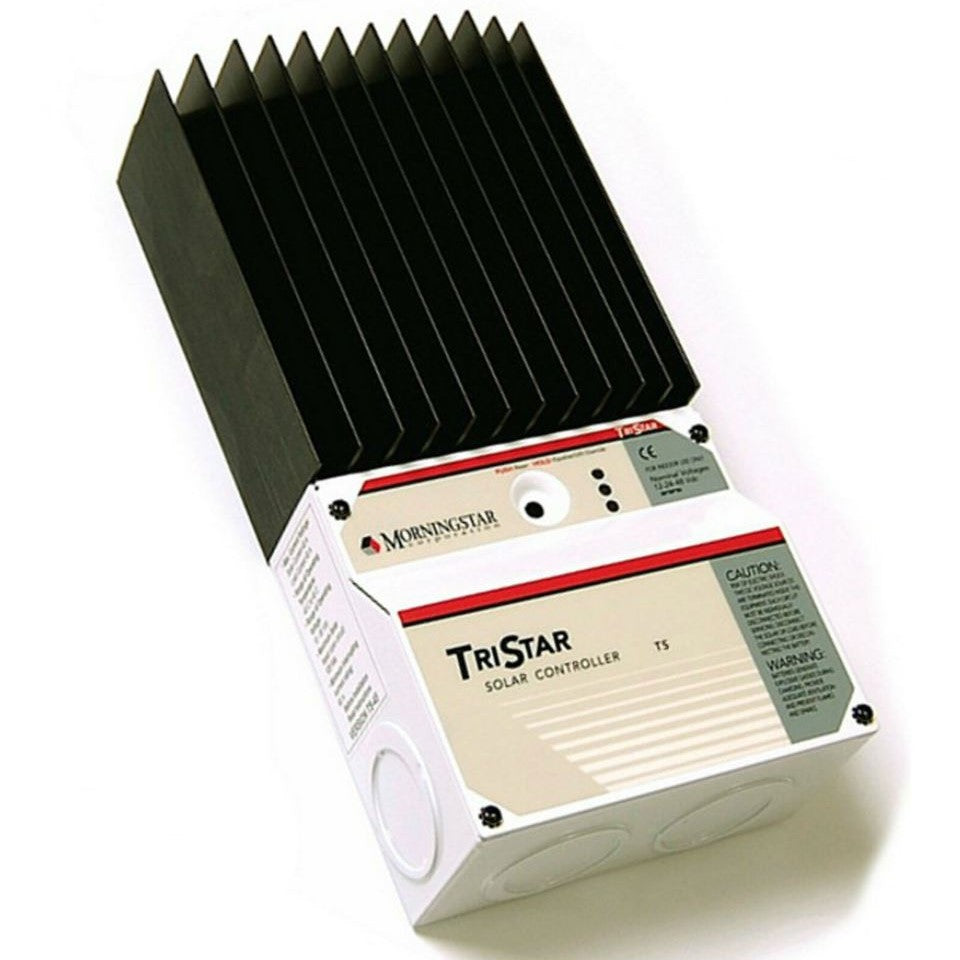-
Hydro Turbines
-
Parts & Accesories
-
React Solar Pumps
-
React Pump Info
-
Dealer Products
-
Dealer Documents

PWM Diversion Regulators for use on hydro turbines
We only list one make of PWM diversion regulator (in two sizes see drop down) as it is a good make, fair price and reliable.
My gripes with Morning star PWM regulators is that the LCD screen is extra and to set exact bulk/float/EQ settings you need a laptop, software and a special cable. One day they might add Bluetooth so you can do all this over your phone without all this hassle. They do provide dip switches that can often get you close enough to the advised voltage settings of your battery bank
Be warned that there are copies of these Morning star TS-60/40 PWM regulators on Chinese web sites, but believe us these are rubbish and will fail (we bought two to test and both failed after a few hours of operation).
I do not advise the Schneider C40 or C60 as they tend to thermally overload if pushed hard – hydro diversions can be high and sustained so you need a robust regulator.
A good make is the Power Master PM60 as it allows you to make exact voltage settings by turning pots and these settings are displayed on the digital display that is included. But these units are not easy to buy at a good price. They are sold by Electus and Jaycar in NZ branded Rich or SunStar part number MP3728.
Why use a PWM regulator?
It is true you may not need one. Some good brand MPPT regulators can do diversion and MPPT.
But what if you want to divert power and want to use a cheap low cost MPPT that does not have diversions features or you want to inject AC power (using a cost effective Solis GTI) via the AC side of your off-grid inverter while preventing the battery from overcharging.
Another common application is to use the PWM signal that these units put out to drive a bank of SSR’s (D1D40) to divert even more power. The amount of power you can divert is then only limited by the number of SSR’s you add and the size of the attached DC load resistors. See this link section 3.3 for a description of how this is done.
In general, if you buy a 60 amp PWM regulator you should not install a DC resistive load of more than 40 amp draw. In very hot countries reduce this to 30 amps. For example:
